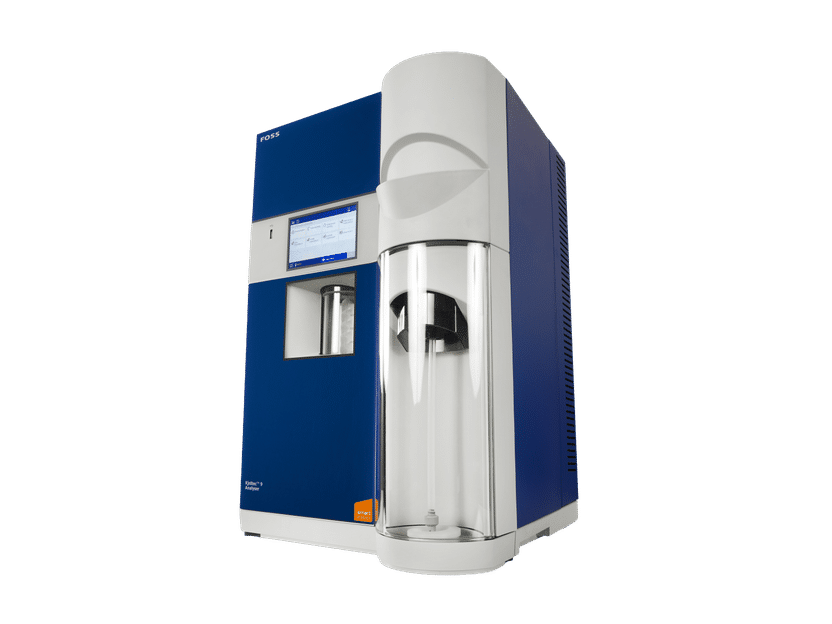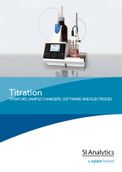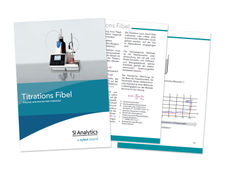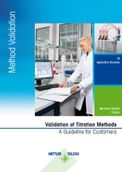Topic world Titration
The process of titration gives us the possibility to determine the exact concentration of a substance in a solution. Whether in drug manufacturing, environmental chemistry or quality control, this method allows us to ensure that our findings and products are accurate and reliable.
Titration products and catalogs
Titration products
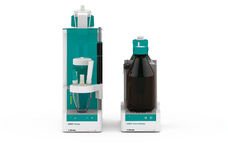

Precisely determine water content - easier than ever before
Automation, safety and flexibility combined in one system

Karl Fischer Titration at a New Level - Speed Meets Reliability


Consistent and Reliable Type 2 Pure Water Quality


An ultrapure Type 1 water purification system designed with you in mind


How titration works today


Automate titrations with ease
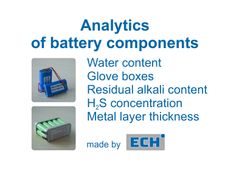

Analysis systems for battery components and their raw materials


The Standard for Lab Charge Measurement: Mütek PCD-06 Particle Charge Detector


Precise water determination from 1 ppm to 100 % in samples of all types


Automated determination of substances that are volatile in steam
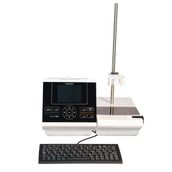

Automatic Titrator with an Additional IDS Connection for Potentiometry and KF


Determine water content from 0 to 100% - easier than ever!


Comprehensive water analysis - fully automated
Titration news
Titration expert knowledge
Titration white papers
Titration videos
Titration explained
Acid-base titration
Acid-base titration indicator. An acid-base titration is a method in chemistry that allows quantitative analysis of the concentration of an unknown acid or base solution . It makes use of the neutralization reaction that occurs between acids and bases, and that we know how acids and bases wi ...
View articleAmperometric titration
Amperometric titration Amperometric titration refers to a class of titration s in which the equivalence point is determined through measurement of the electric current produced by the titration reaction. It is a form of quantitative analysis . Background Consider a solution containing the analy ...
View articleBack titration
Back titration Back titration is an analytical chemistry technique which allows the user to find the concentration of a reactant of unknown concentration by reacting it with an excess volume of another reactant of known concentration. The resulting mixture is then titrated back, taking into account ...
View articleKarl Fischer titration
Karl Fischer titration Karl Fischer titration is a classic titration method in analytical chemistry that uses coulometric or volume tric titration to determine trace amounts of water in a sample. It was invented in 1935 by the German chemist Karl Fischer . Coulometric titration The main compart ...
View articleRedox titration
Redox titration Redox titration (also called oxidation-reduction titration) is a type of titration based on a redox reaction between the analyte and titrant . Redox titration may involve the use of a redox indicator and/or a potentiometer . Example An example of a redox titration is treating a ...
View articleThermometric titration
Thermometric titration Thermometric titration is one of a number of instrumental titration techniques where endpoints can be located accurately and precisely without a subjective interpretation on the part of the analyst as to their location. Enthalpy change is arguably the most fundamental and ...
View articleTitration
Titration into the analyte solution in the flask . An indicator present then changes color permanently at the endpoint . Titration is a common laboratory method of quantitative/chemical analysis that can be used to determine the concentration of a known reactant . Because volume measurements ...
View articleZeta potential titration
Zeta potential titration Zeta potential titration is a titration of heterogeneous systems, such as colloids , emulsions , etc. This systems have very large surface area . This titration have been designed for studying the properties of these surface s. *Iso-electric point is one of such pro ...
View article© 1997-2025 LUMITOS AG, All rights reserved






